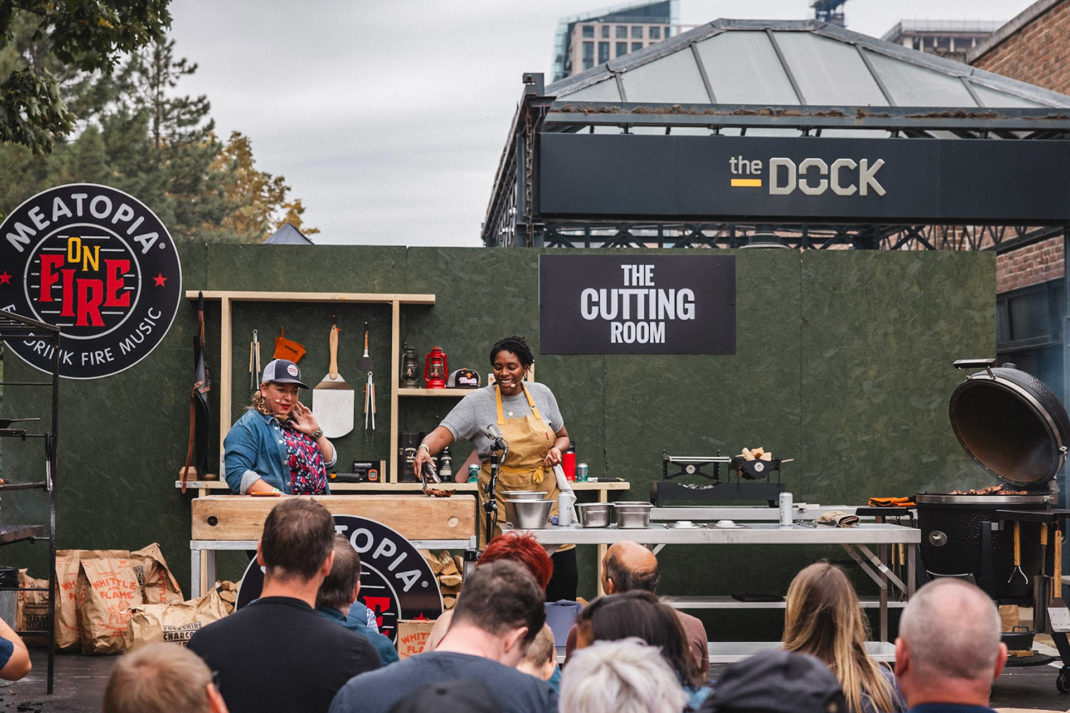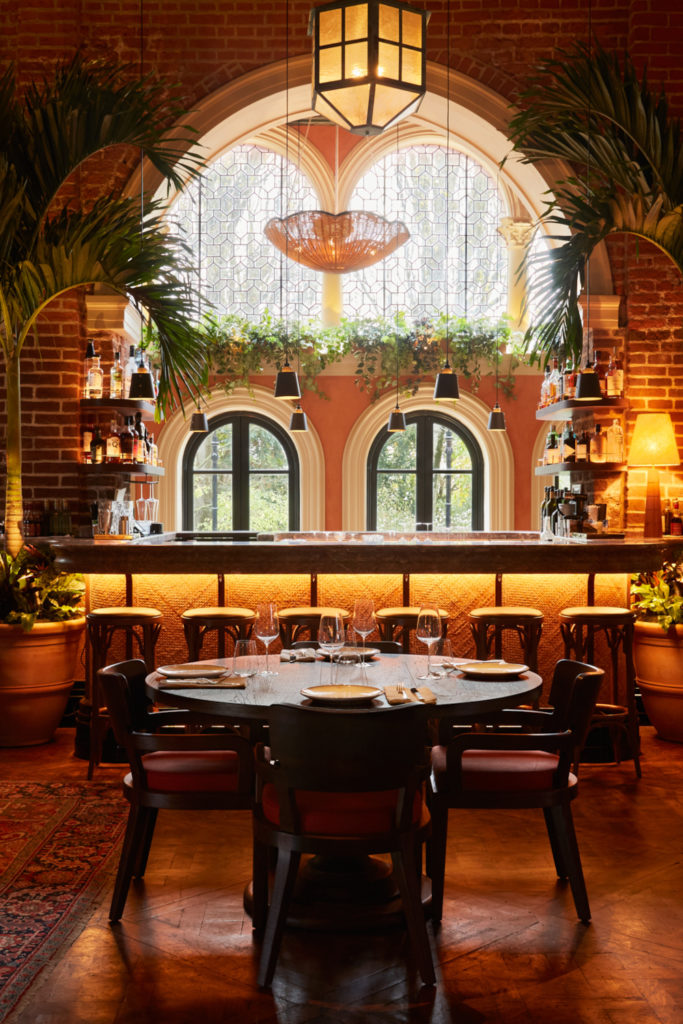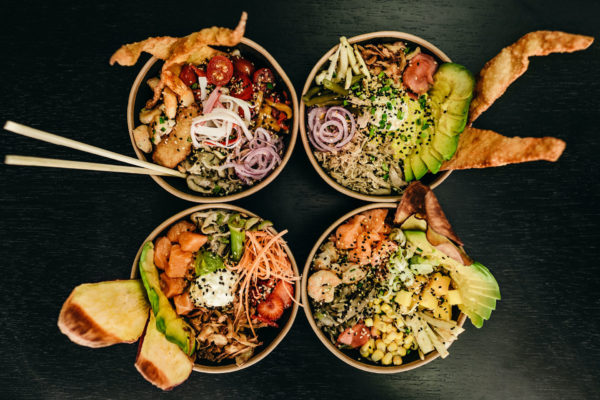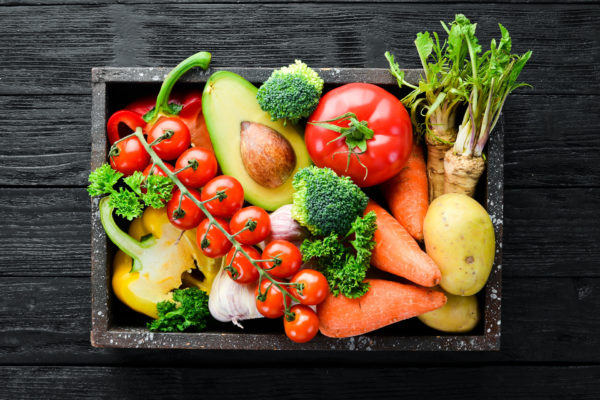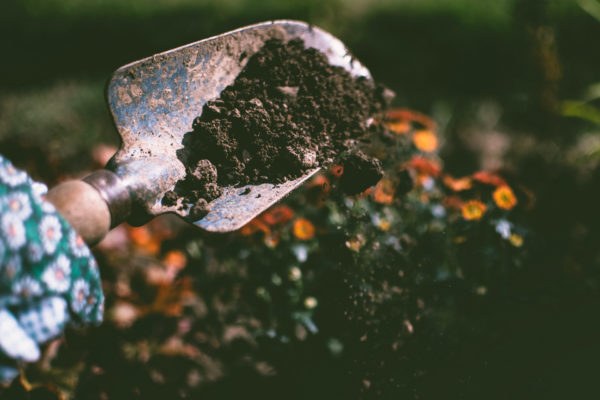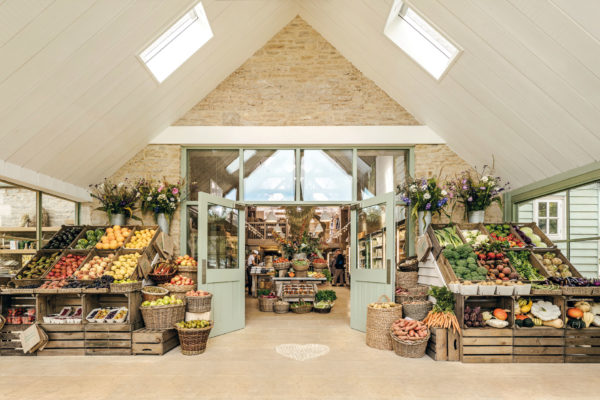Homegrown Heroes: New Foods Being Grown In The UK
By
2 years ago
Chow down on these British ingredients
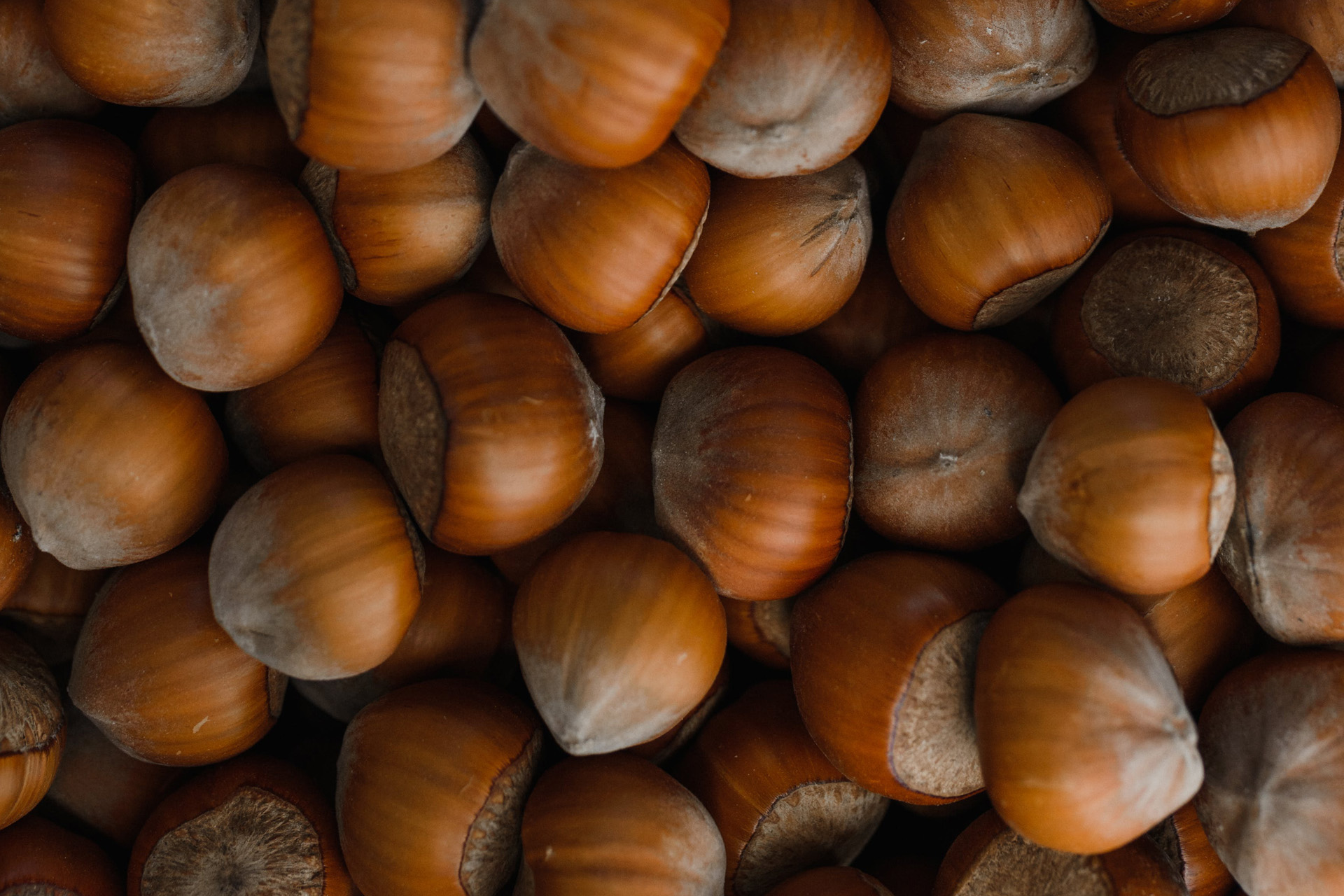
With a scary combination of growing food insecurity due to the climate crisis and political instability, Britain’s farmers are venturing into pastures new. Here are the new British grown foods being cultivated on our home shores in an attempt to ease our reliance on imports and find a faint silver lining in the dark cloud of climate change.
British Grown Foods: Our New Home-Grown Heroes
Baked Beans
Did you hear the news? The first ever commercially-grown British crop of beans has been officially canned by Princes in Spalding, Lincolnshire. The specially-modified beans have been 12 years in the making, adjusted by scientists at the University of Warwick for successful growth in the UK climate. The beans – haricot beans, to be precise – were harvested in September, and the whole project was conducted in an attempt to improve British food security and reduce our reliance on imports. While the bean project isn’t commercially viable just yet, it is hoped that British grown beans will make up a big part of our British 2-million-cans-per-day consumption in the near future. At present, the beans on our toast are imported from the US, Canada, Ethiopia and China and canned in the UK.
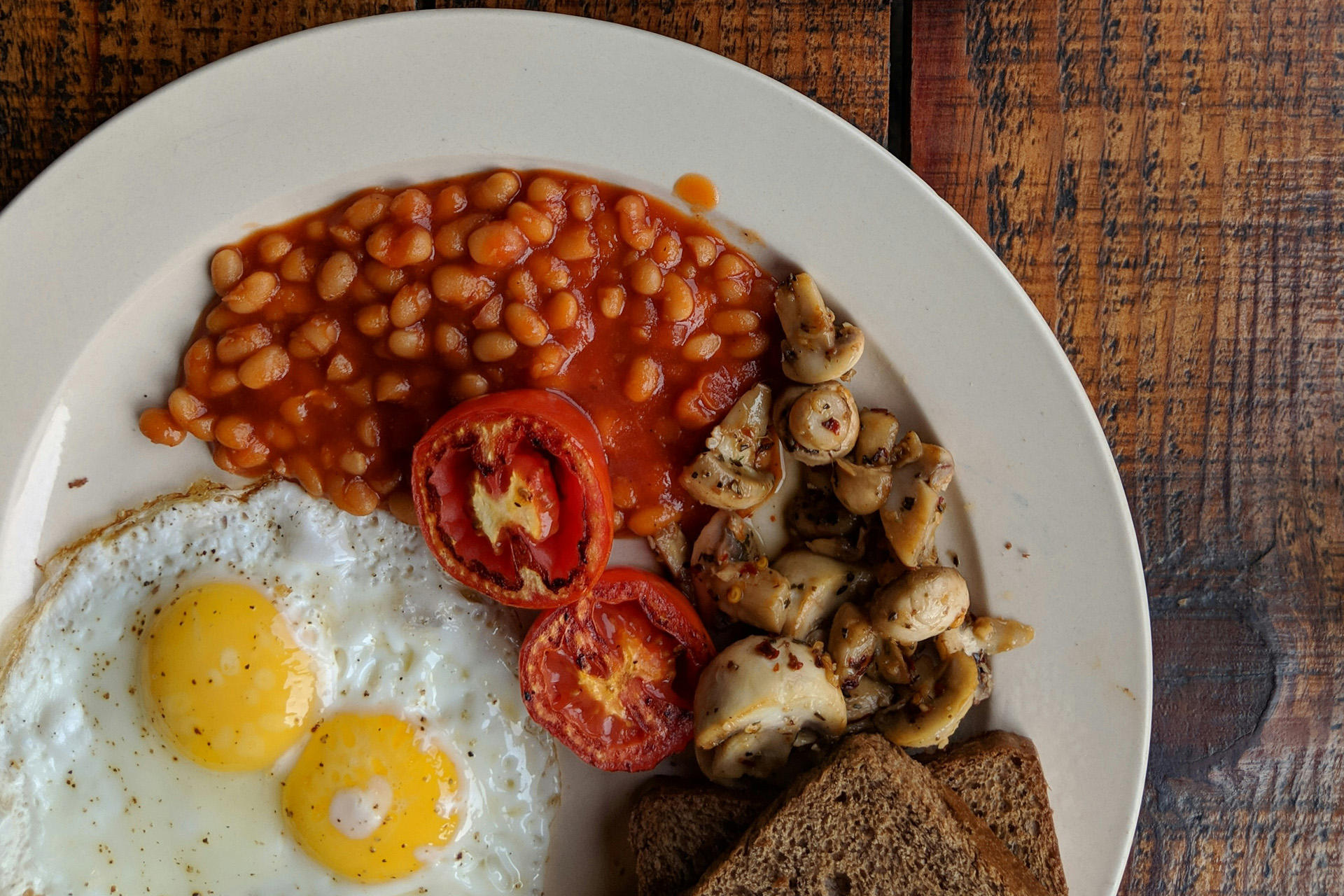
Wine
We love a crisp glass of English sparkling wine in the UK – so we’re lucky the business is booming. Plus, while Sussex sparkling wines are dominating the spotlight on the British wine scene, still wines from our southern counties are also booming, from white to red to rose. (If you fancy a sip, here’s our pick of the bunch.) If we throw it back to the good old days – the Tudor period, to be precise – English wine was a booming industry, with King Henry VIII himself cultivating a vineyard at Hampton Court Palace. From a climate perspective, the UK was considerably warmer back then: it was the end of the Medieval Warm Period, a balmy pocket of time followed by the brisk Little Ice Age, which created the ice-cold London Charles Dickens lived in and wrote about. With the nation heating up once again (this time due to human causes, not natural), grapes can be successfully grown once more.
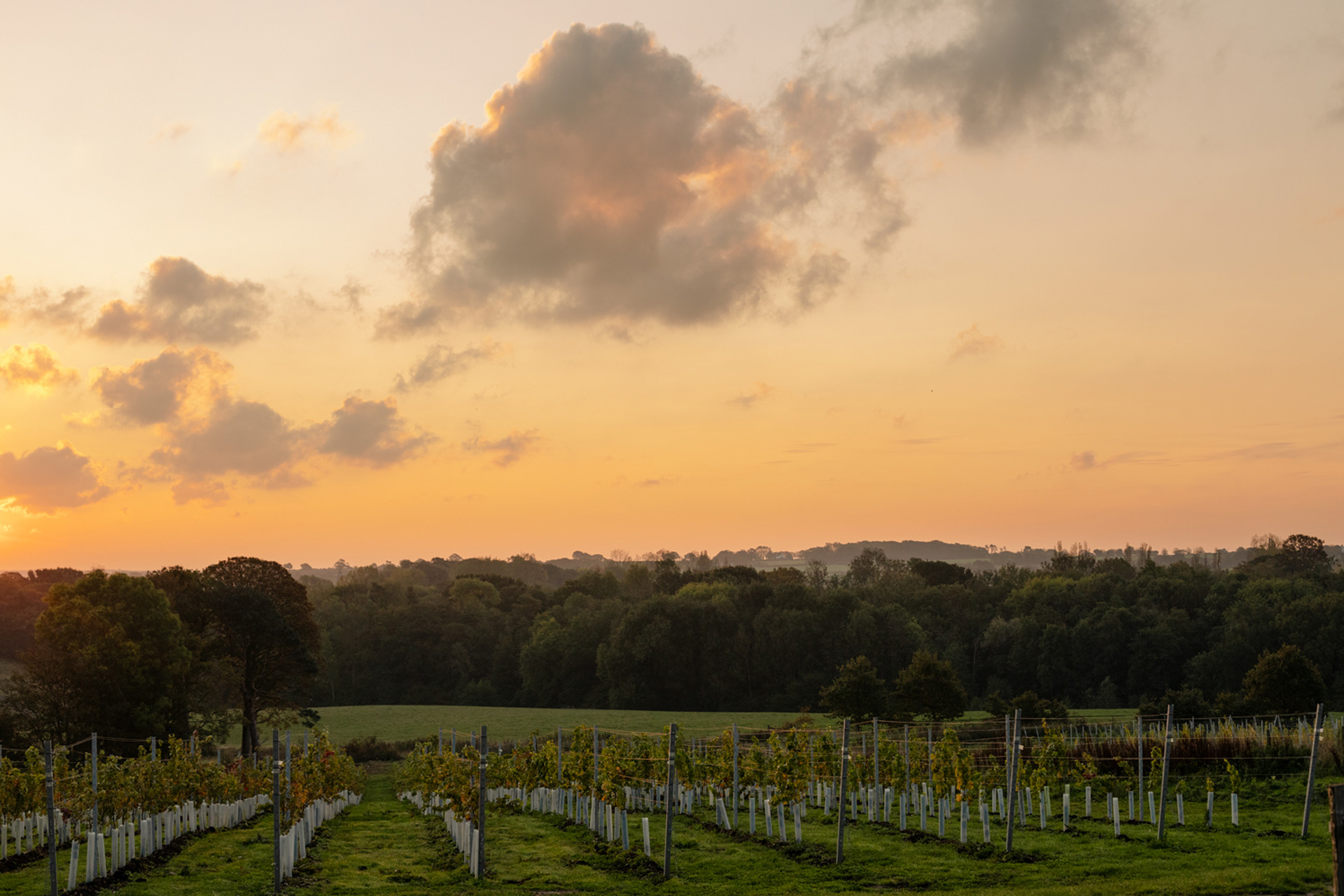
Tillingham Vineyard
Nuts
Guy Singh-Watson, a farmer in Devon, planted a spread of walnut and hazelnut trees across 50 acres in 2020 in an attempt to ‘produce food with essentially a lower impact on the environment and soil life while trying to enhance biodiversity’. Due to our cold and wet climate, few edible nuts grow naturally in the UK, but this is about to change. ‘We are on the northern fringe of viability, but if the predictions go right we are going to be pretty much in the optimal conditions,’ Guy explains. His trees will take five years to fruit for the first time, but then will provide a steady yearly crop for up to a century. Could we be drinking British hazelnut milk soon?

Truffle
Whether you love it or hate it, truffle is a highly prized food, often signifying luxury and most common in Italian cuisine. A type of fungus, the earthy truffle is usually found underground close to tree roots (typically beech, hazel, birch, hornbeam, oak, pine or poplar trees), and is sniffed out by truffle hunters: pigs, and sometimes dogs. Truffles are not native to the UK, but recent efforts have led to successful cultivation on our shores, with the first British batch harvested in England in 2015. At present, demand for British truffles far exceeds supply, but this is set to change as farmers learn more about the specific conditions required for bountiful harvests, and how these can be adapted to the UK climate and soil.
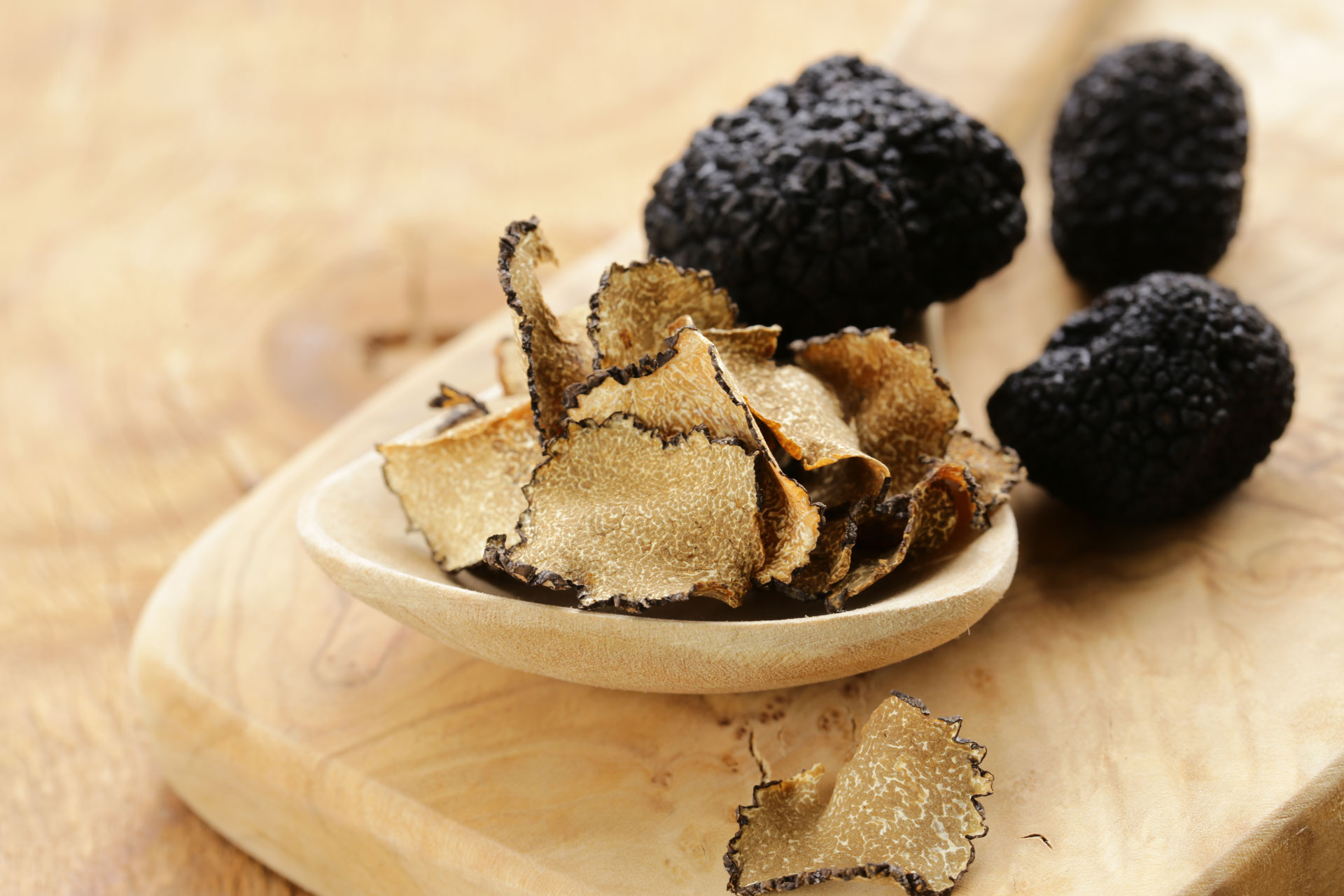
Getty Images

